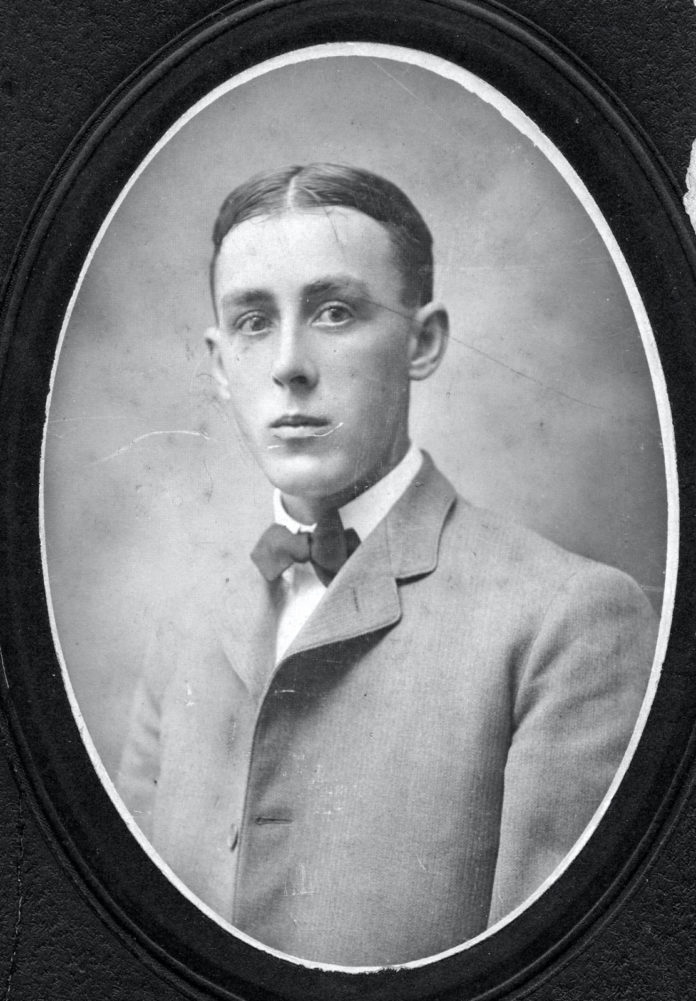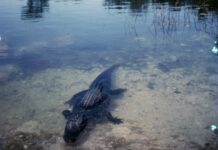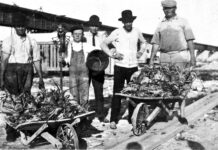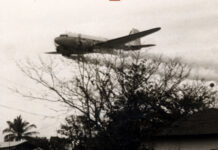William Julius Krome was born on Valentine’s Day, Feb. 14, 1876, in Edwardsville, Illinois. The oldest of seven children, William was the lone son and would grow up to be a railroad engineer. He studied at both Northwestern University in Evanston, Illinois and DePauw University in Greencastle, Indiana and went on to study advanced engineering at Cornell University, but never graduated from the esteemed school. Krome’s biggest engineering accomplishment was becoming one of the men responsible for bringing Henry Flagler’s dream of a railroad to Key West to life. William Krome’s impact on South Florida and the Keys, however, has far outlived his work on the Key West Extension of the Florida East Coast Railway.
He first arrived in Florida, at Jacksonville, in the early months of 1899. He had been in Savannah, Georgia when he received a telegram offering him a job with the Atlantic, Valdosta and Western Railway. When the line opened in the summer of 1899, the train ran between Valdosta, Georgia and Jacksonville.
After working surveying jobs in Florida, Georgia and Missouri, Krome headed home to visit family. Upon his arrival, his father told him about a letter that had arrived from A.L. Hunt of the Florida East Coast Railway, but that he had already forwarded it. William was pretty sure he knew the intent of the letter as he had read of Flagler’s interest in potentially crossing the Everglades. He was right. When Krome received the letter, he understood that Hunt was offering him a job.
It was the evening of Sept. 12, 1902, a Friday, when Krome left St. Louis to meet with Hunt in St. Augustine. Krome accepted a position with the company. One of his first jobs with the Florida East Coast Railway would bring him to South Florida. Flagler’s train had arrived as far south as Miami in 1896, but the port at Miami was too shallow for his grander plans, which included his train ending at a deep water port capable of accommodating his line of steamers.
Flagler was intent on building his terminus at one of the most populated cities in the state, one with a natural, deep harbor, Key West. There was one other option considered as a terminus for his line. For a short time, the idea of building a seaport miles out into the Atlantic Ocean off of Key Largo was considered. First up for Krome, however, was to survey a line that would take the train to a spot around which the town of Homestead would ultimately develop. From there, Krome was tasked with hiring a team that would explore the watery wilds of the Everglades. The job was to determine a line from Homestead that would cross the Everglades to Cape Sable and from there travel to No Name Key.
At No Name Key, the line would travel to Key West. A letter written by Krome to a perspective member of his expedition team, a Mr. N.C. Woody, dated Oct. 4, 1902, reveals some of the hardships of this ambitious venture:
“The location survey will probably last a month or six weeks and there I will reorganize my party and carry a stadia line and exploration through to Cape Sable. Such men as are able to stand the work, will accompany me on this latter work which will probably last all winter.
“Let me warn you however that unless you are willing to stand extreme privations, endless discomfort and hard work in a region that even the Seminole Indians shun and which no white man has ever penetrated, don’t monkey with this job. Every man whom I have with me knows that if he is one of the party who goes into the Glades that there is a very decent possibility of his never getting out. One or two have had nearly enough of it on this comparatively easy work, Also I will very gladly make a place for you on the party but don’t want you to go the expense of the trip with any mistaken ideas of the character of the work. There is but one redeeming feature to it. There is no malaria or other climate diseases.”
More of the Krome story will appear in next week’s edition.
Brad Bertelli is curator of the Keys History & Discovery Center.


























